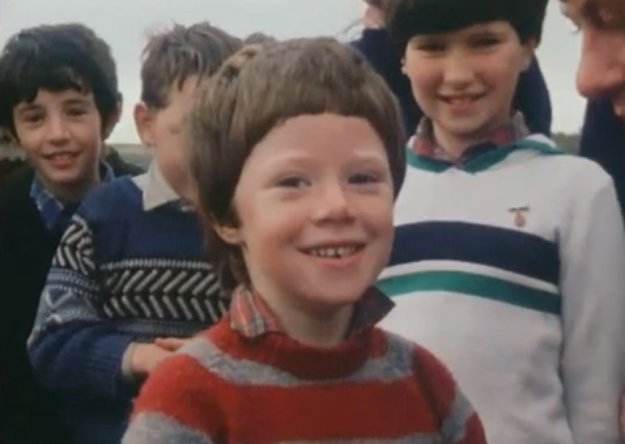
Series: Revelation Space / Dreyfus emergencies
I hate it when people rename books. Alastair Reynolds’ novel has been known as The Prefect for a decade now, but will be renamed to Aurora Rising in 2018, when a sequel comes out. Reynolds happened to dislike the original title, so there we are. In any case, an excellent time to crack open the 2007 novel in preparation for the sequel.
The prefect from the title is Tom Dreyfus, a police investigator of sorts under contract at the force called Panoply. He, together with his deputy Thalia Ng, investigate law infringements in the civilization known as the Glitter Band, a ring of hollowed-out asteroids and artificially constructed habitats orbiting in space around the faraway planet Yellowstone. About 100 million people live in tens of thousands of tumbling habitats. Some habitats are like kingdoms, others like entertainment parks. When one habitat is ripped open, apparently by the engines of a space-going vessel, Dreyfus and Ng investigate.
The thing is, with The Prefect getting a new title, it will be remarketed as the new, fresh starting point of a new series (the Dreyfus Emergencies), but is it truly? Can it be that? The question is whether that is the best way to regard or appreciate the novel, because it was only ever meant to be a prequel/spin-off to the Revelation Space series for long-time fans who knew what that universe was about.
But maybe I am overreacting. The novel is set chronologically a few hundred years or so before the events of that series. New readers may not know what Reynolds is talking about when he mentions Ultras, Hyperpigs or Chasm City, but SF veterans can pick up a lot from context.
Still, having read the earlier series will add a whole dimension to your experience. Revelation Space and what follows is set in a future dark age; a time in which the best technology is lost in the past. The heights of civilization were lost because of certain unpleasantries (that will surely pop up in future Dreyfus novels) and what was left turned into a gothic, nihilistic frontier. But with The Prefect we have a chance to see what civilization was in its glorious heyday. The difference is that long time readers know what dangers are encroaching upon this world, and thus know what the future series will tackle.
The story is a police procedural and quickly reminded me of the Blade Runner movies, especially when Dreyfus starts interviewing the backed-up virtual simulations of murdered people. The question of what makes a person a person is a strong theme, receiving many answers. It’s a classical noir investigation, full of uncovered secrets, moments of revelation and for Dreyfus a personal confrontation with his own past. Reynolds’s usual grim, steely tone actually fits the noir style very well.
The Prefect is a great addition to the other novels as the story cross-refers back to the conjoiners, Exordium and the Sylveste family, so deepening the world of Revelation Space as a whole. The setting of the Glitter Band makes for a wonderful romp around unusual societies, all separated within a short flight from each other. We get some fascinating glimpses into how the Band comes to decisions as a larger meta-society. As far as SF concepts go, the Glitter Band hints at what Karl Schroeder was fleshing out even more mind-blowingly in his Lady of Mazes (2005), and is an interesting addition to the corpus of SF locations.
The Glitter Band is Lady of Mazes-light. The sciencey stuff is interesting but none of it is truly mind-blowing or innovative. Reynolds wants to go for the action and entertainment factor instead. The mysteries feel relatively straightforward because many are quickly explained. Who, for example, is the mysterious Aurora? Who inside Panoply is involved? Where is the mysterious being named The Clockmaker? We are only allowed to ponder these mysteries for a short while because answers come quickly, or Reynolds never allowed them to become mysteries in the first place.
A noir mystery allows a story to move between many classes and societies, and to introduce many colorful personalities, but Reynolds quickly abandons that to go for superficial action. There is no atmosphere in his writing. No sense of mood or scene setting; there is only plot and talking heads. There is no weather in space, but this novel could have used some autumn leaves and snowfall. Compared to, say, Michael Chabon’s The Yiddish Policemen’s Union, Reynolds’s mysteries and characters pale and his writing lacks verve.
Having said that, I still enjoyed the story. Perhaps I made the mistake of wishing that this book was something that it isn’t. The main problem is that there is just something mechanical about Reynolds’s writing that keeps me from immersing myself, and that made me wish for something more. I keep having this problem with all of his novels.
7.5/10
Advertisements Share this:





